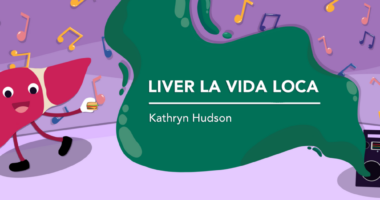Bowel Disease Patients Who Are Older and Have Had Disease Longer Are at Higher Risk of Liver Disease

Thirteen percent of patients with inflammatory bowel disease (IBD) also had non-alcoholic fatty liver disease (NAFLD), according to a Texas study.
The overlap occurred despite the fact that many of the IBD patients did not have medical conditions known as metabolic risk factors that increase the risk of NAFLD. The conditions include obesity, diabetes, high blood pressure, and high levels of fat in the blood, or hyperlipidemia.
Patients with both diseases tended to be older and have had IBD longer than patients with IBD alone, researchers added.
The study, “Epidemiology and Risk Factors of Nonalcoholic Fatty Liver Disease Among Patients with Inflammatory Bowel Disease,” was published in Inflammatory Bowel Diseases, the official journal of the Crohn’s & Colitis Foundation.
IBD is chronic inflammation of all or part of the digestive tract. NAFLD is caused by fat accumulating in the liver.
Researchers examined the metabolic risk factors obesity, diabetes, high blood pressure, and hyperlipidemia in patients with IBD, NAFLD, and both. Such factors arise rom abnormalities in the processes that keep the body’s cells healthy and working properly. The abnormalities put people at risk of a particular disease, in this case NAFLD.
The research started with a finding that 56, or 13 percent, of 421 IBD patients at Houston Methodist Hospital also had NAFLD. The research team then examined two additional groups of 56 patients each. One group had IBD alone, and one had NAFLD alone. The researchers matched these controls by age and general time of disease diagnosis.
Compared with patients with IBD alone, those with IBD and NAFLD were an average of 10 years older and had higher body mass index readings. The index conveys whether a person is underweight, normal, overweight, or obese.
Patients with both IBD and NAFLD also tended to have had IBD longer than patients with IBD alone — an average of 20 years, versus 10. In addition, the IBD-NAFLD group tended to be obese and have diabetes.
Another findings was that fewer people with both IBD and NAFLD were obese, or had diabetes, high blood pressure, or hyperlipidemia, than those with NAFLD alone.
“IBD patients with NAFLD had longer disease duration of IBD and developed NAFLD with fewer metabolic risk factors than patients with NAFLD only,” the researchers wrote.
“Our findings suggest that just having inflammatory bowel disease doesn’t prevent you from getting fatty liver disease,” Bincy Abraham, director of the inflammatory bowel disease program at Houston Methodist Hospital, said in a news release. “We need to study a broader patient population to not only validate these findings but also determine other factors, such as inflammatory cytokines, that may contribute to the development of fatty liver in the IBD population.”






